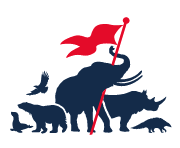Captive lion breeding is one of wildlife’s biggest scandals in South Africa. Forced breeding sees lion cubs born in cages, petted by tourists until they are too big, and then shot by trophy hunters who think it’s clever to shoot a defenseless animal. If not hunted, they are slaughtered so their body parts can be exported to Asia for worthless ‘medicines’ or used to make trinkets such as lion-claw key rings.
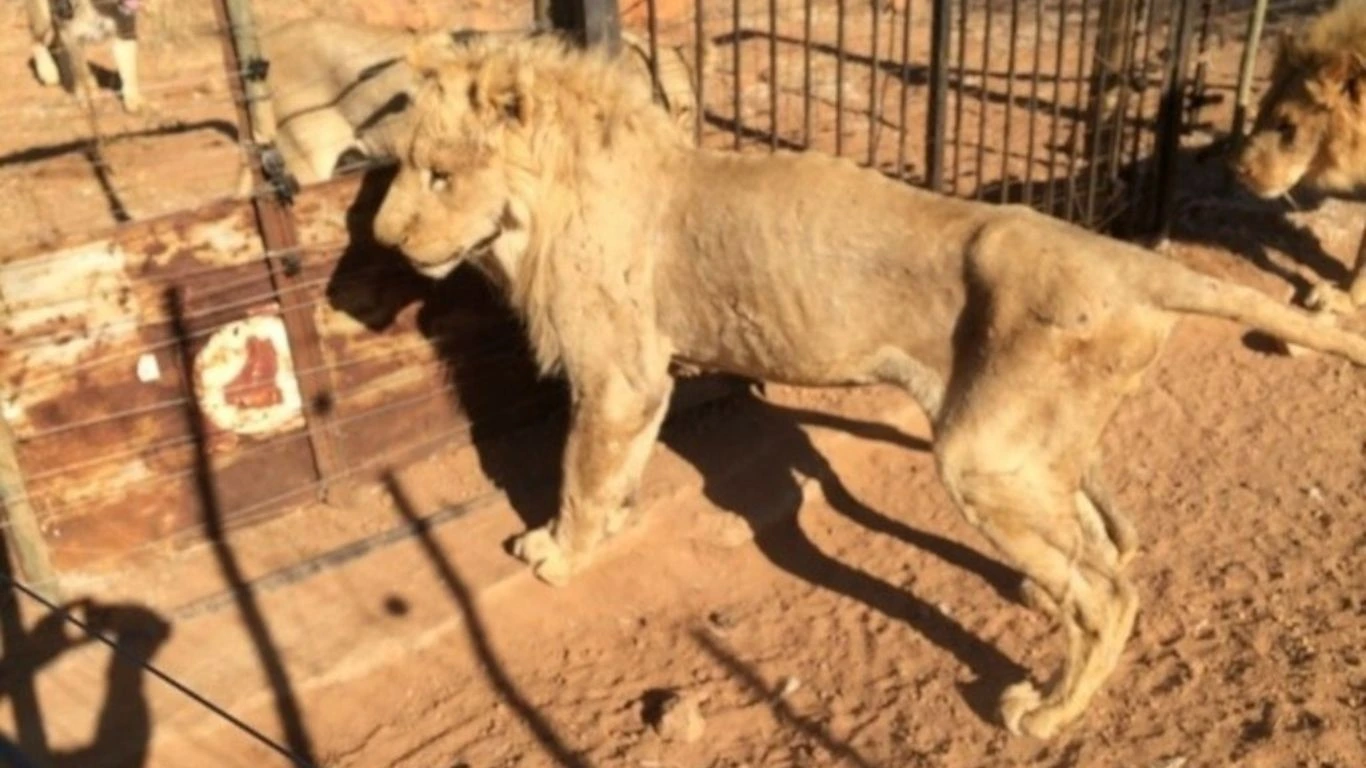
Today, we are thrilled to tell you that one less breeding facility exists in the country after our partner, the Lions Foundation in Limpopo, South Africa, bought one of these facilities and promptly stopped all breeding and exploitative activities, effectively saving all the big cats in it from unending suffering and ultimate cruel death. The facility will now be used exclusively for rehabilitation.
But we urgently need your support to feed these abused animals, give them medical care and sterilize them. Already, one newborn cub has died. We MUST protect the other cats at all costs.
South Africa has over 300 lion-breeding hells where around 12,000 lions and other wild cat species are imprisoned.
Closing them down one by one would be a massive victory for big cats, and the process has started. But the surviving animals can never be returned to the wild.
They have to be cared for forever.
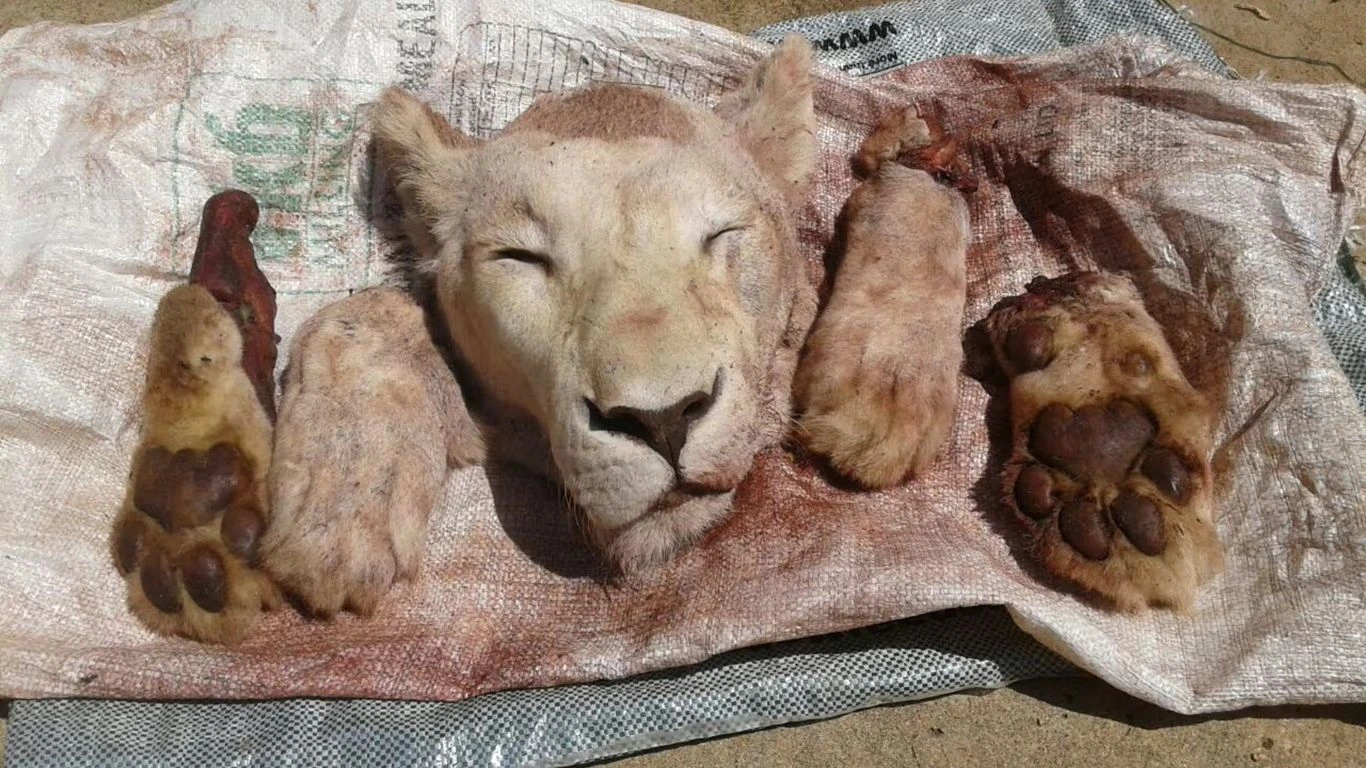
Credit: SAPS
The ghastly lion breeding trade sees animals exploited for human gain from the very beginning of their lives.
Usually, the cycle begins with newborn cubs stolen from their mothers at just a few days old. They are hand-reared and habituated for human-wildlife interactions like cub petting. In the wild, a female lion will reproduce every two years; however, in captive facilities where cubs are removed from their mothers almost immediately, the lionesses’ natural reproduction cycles are disrupted, and they breed far more often.

As cubs grow into sub-adults, they are kept for breeding purposes or used in paid walking tours to entertain tourists. Horrifically, mature lions may end up on farms where hunters pay exorbitant prices to shoot them, or they are slaughtered and butchered for their bones and body parts, falsely marketed as ‘traditional Chinese medicine’.
We are delighted that nine fewer lions and a leopard have been saved from this fate. Now your help is needed to care for them.

Heartbreakingly, a newborn lion cub died soon after our partner took over the breeding facility. This was not only because the environment was entirely unsuitable for the cub – not a blade of grass in sight, just hard cement ground – but also because the mother did not know how to care for her baby. She had only ever had her babies stolen from her and did not know how to look after her helpless offspring. Her confusion underscores the severe damage that breeding facilities cause to animals and their natural instincts.
Despite the tragic loss of the cub, the remaining animals will, with YOUR help, now live as close to wild as possible. They will be safe from human interference, abuse, and trophy hunters.
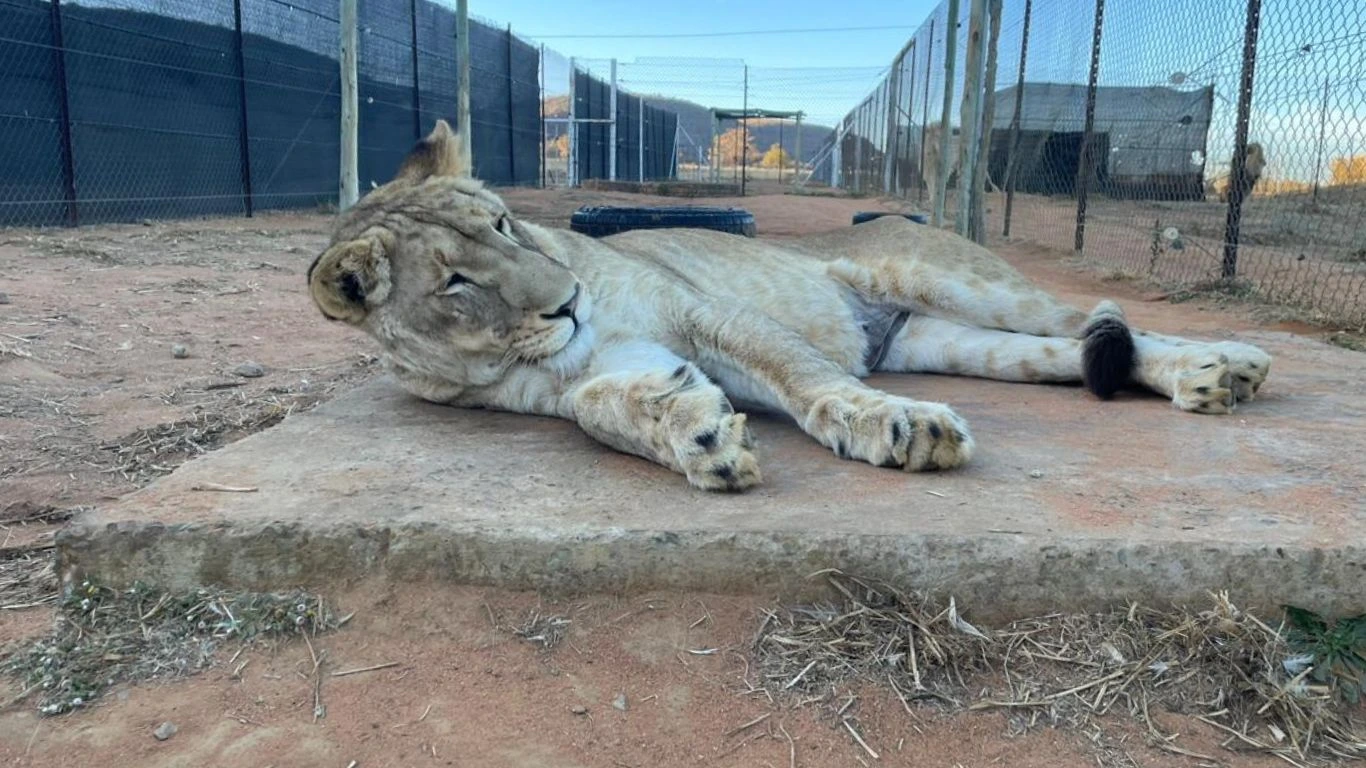
Because of human interference, these rescued wild animals will never be able to hunt or fend for themselves.
We need your help to ensure they can receive the care they need to recover and thrive in a beautiful, safe and spacious sanctuary.
As you can imagine, feeding 10 more big cats, in addition to the 23 the sanctuary already cares for, is a real strain on finances – especially in light of a 25% price hike in food over the last year. Critically needed sterilization and vet care for these animals have already begun in order to prevent them from breeding and adding to the ever-increasing number of big cats at the sanctuary.
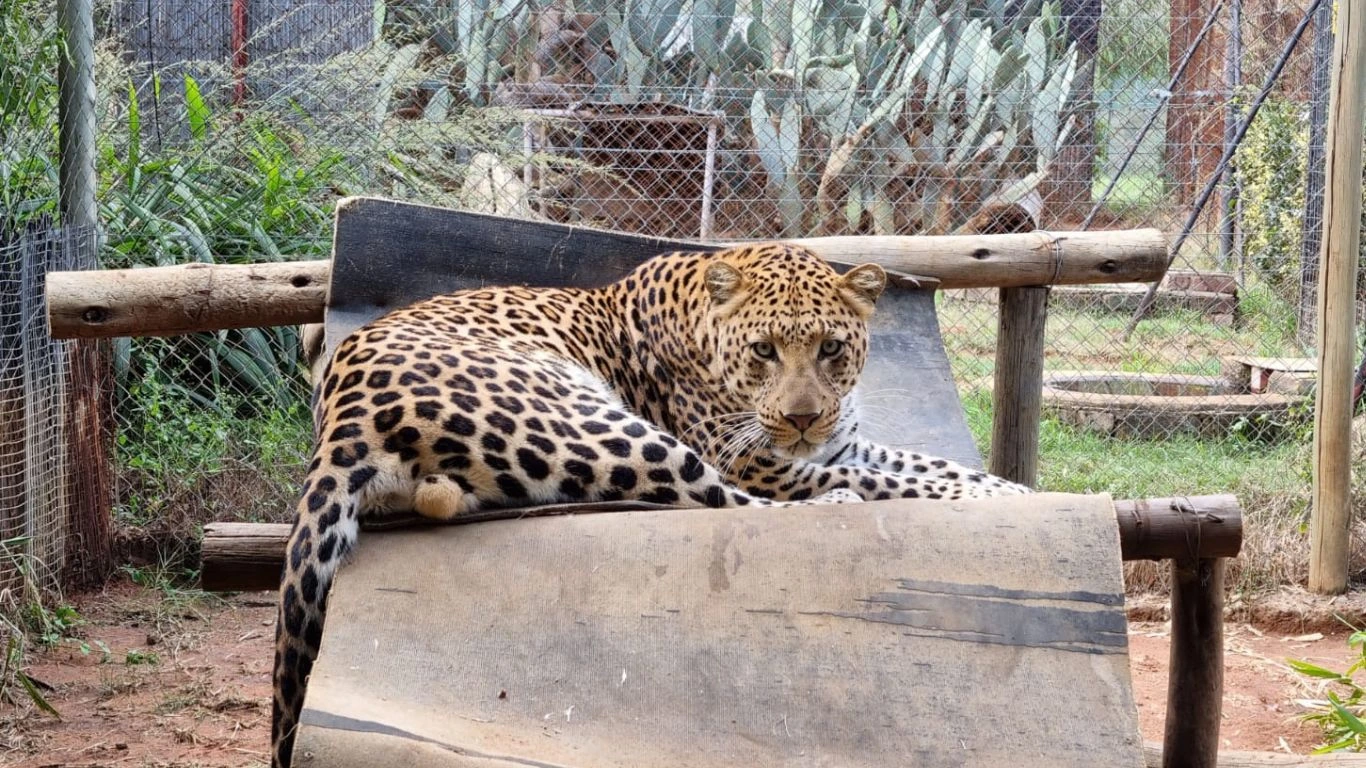
Please help us raise $10,000 (roughly £7,859) to help feed 33 big cats for a month and cover the cost of sterilization and vet care for the six remaining unsterilized animals.
This critical care and nutrition will set them on the long path to recovery, and your support is crucial in helping them thrive after only knowing lives of misery and suffering.

Please, help us give these wild animals the care and rehabilitation they desperately need, so they can live the lives of freedom and peace they deserve.
